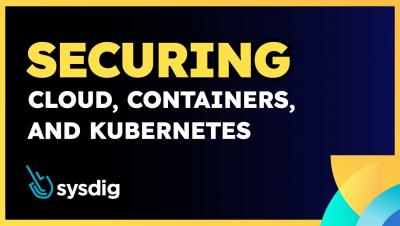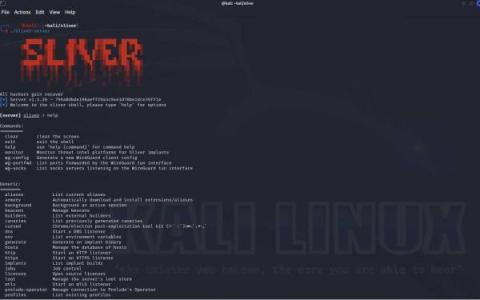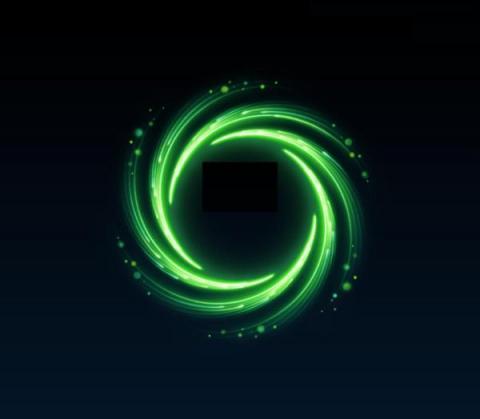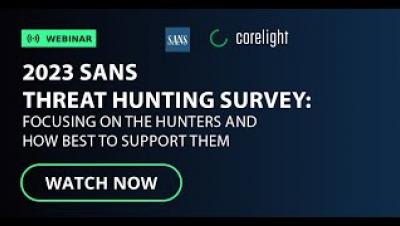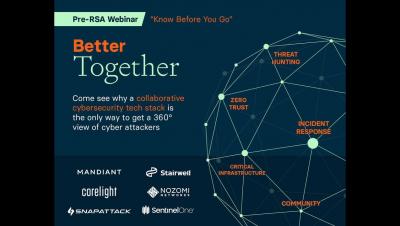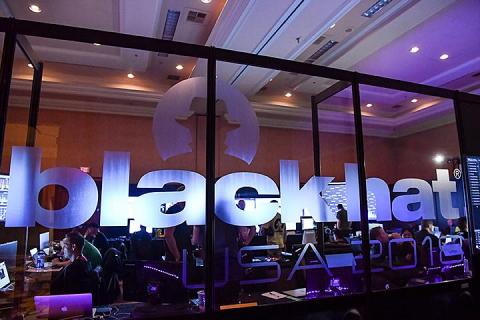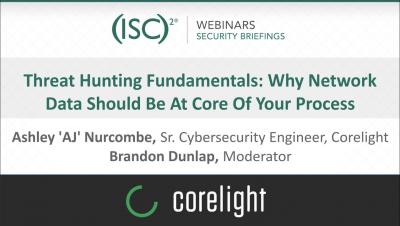Security | Threat Detection | Cyberattacks | DevSecOps | Compliance
Threat Detection
New Sliver C2 Detection Released - Redteam detected
We are excited to announce the release of a new detection package “Sliver”, which identifies and raises alerts related to the Sliver C2 framework. This new package joins our industrial-strength C2 Collection and uses a variety of techniques to detect Sliver, above and beyond our HTTP-C2 package’s existing Sliver coverage. In this blog we provide some basics about Sliver and how it works and then dive deep into the techniques we use to detect this popular and powerful tool.
Microsoft Threat Detection and Response: Five Key Pitfalls (and How to Address Them)
Organizations are increasingly turning to the cloud in their attempt to become more agile and efficient. Many will choose the Microsoft ecosystem and will need to become familiar with threat detection and response offered by this environment, how these technologies can be leveraged to their full potential, and what should be supplemented to avoid unnecessary risk.
How SOCs can level up their PCAP game with Smart PCAP
This blog post is the first in a 2 part series on Corelight Smart PCAP. Tune in next week for part two where we’ll take a deep dive look at Corelight’s PCAP functionality and workflows that accelerate security investigations.
Machine Learning in Security: Detect Suspicious TXT Records Using Deep Learning
Cloud detection and response, a key asset for cloud security
2023 SANS Threat Hunting Survey Focusing on the Hunters and How Best to Support Them
Stronger Together, RSAC 2023: Navigating security events with cyber partners
Corelight Open NDR Now Helps Defend Black Hat Events
We are honored to announce that Corelight’s Open Network Detection and Response (NDR) solution has been chosen by the esteemed Black Hat Network Operations Center (NOC) to help defend their networks at Black Hat events worldwide. It’s a testament to the capabilities of our platform and the open source technologies that power it. We are honored to be among the distinguished vendors chosen to provide best of breed solutions for the NOC.


